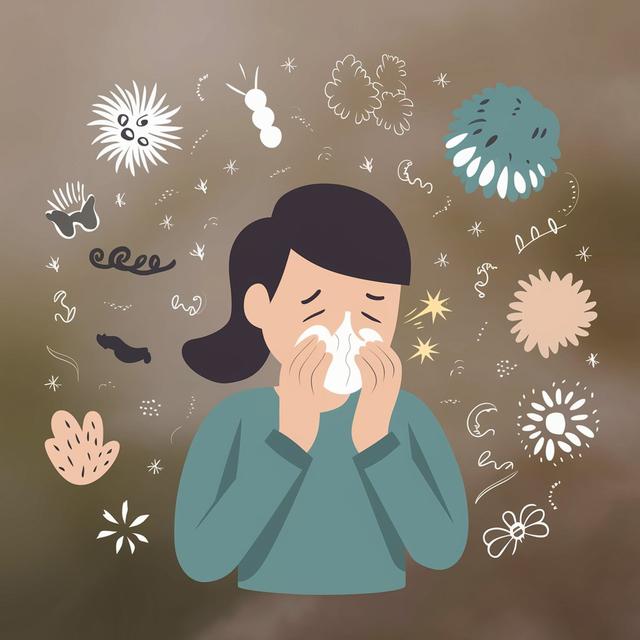Is Smoking Cigarettes Really Unhealthy?
BY WISH2DAYS
We're using many books,many meeting to many people to get their knowledge and experience.
Smoking cigarettes has been a popular habit for centuries, but extensive research over the past several decades has revealed its numerous health risks. Despite widespread awareness, many people continue to smoke, often underestimating the true extent of the harm it causes.
The adverse health effects of smoking are well-documented, affecting nearly every organ in the body. Understanding these risks is crucial for making informed decisions about smoking and for implementing effective public health strategies to reduce smoking rates.






